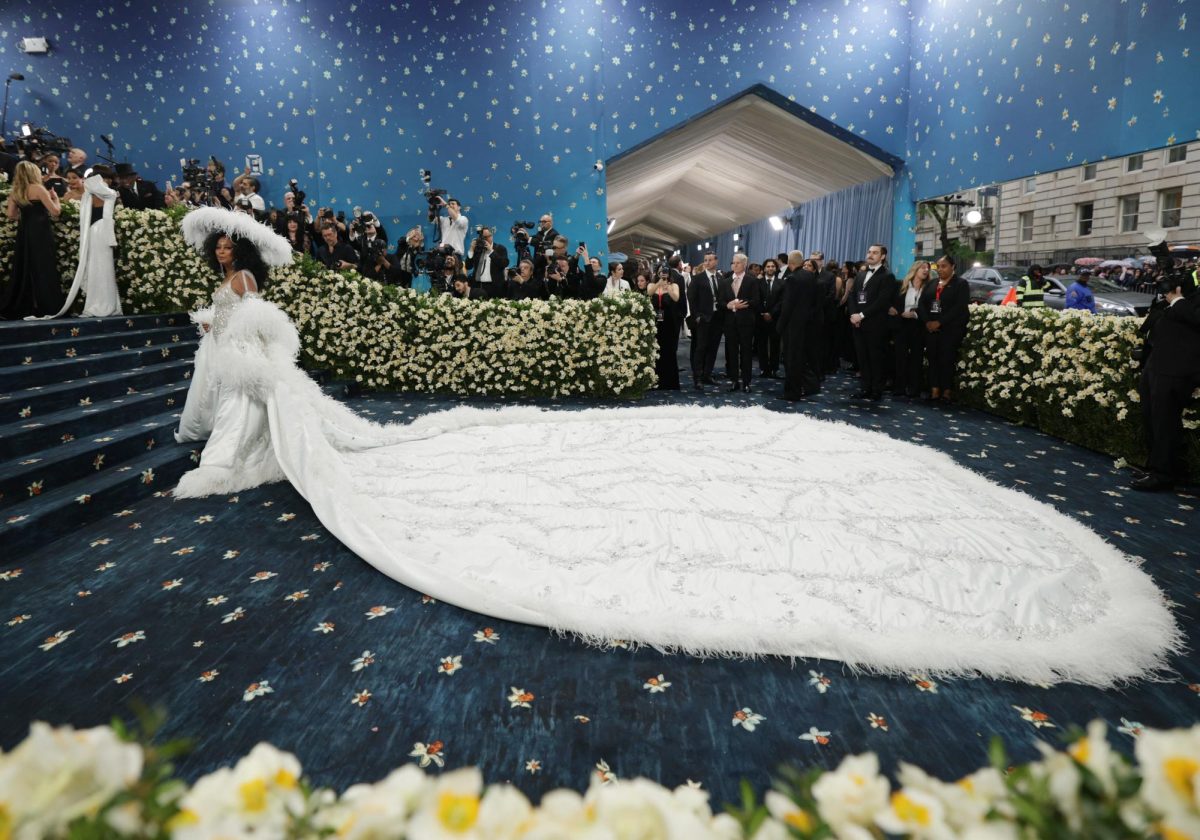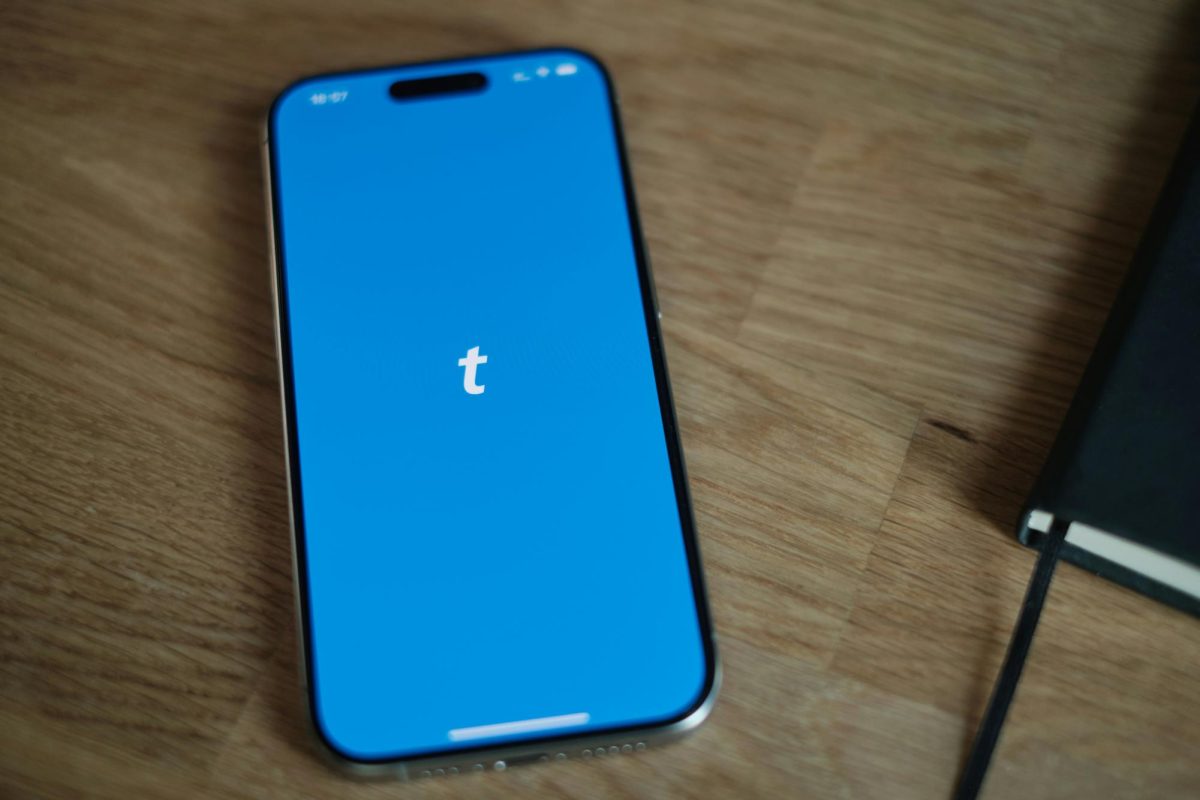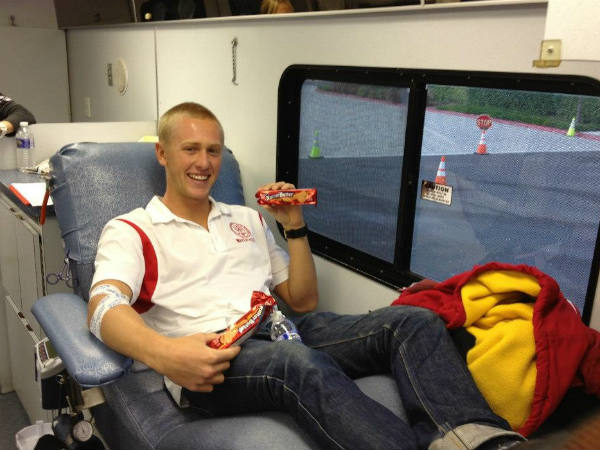CCHS witnessed the blood drive this past Friday, a charitable yet somewhat intimidating experience for some students. The San Diego National Blood Bank visited CCHS in hopes for a few eager students and likely donors.
“Each place we visit is determined by how many donors we receive compared to the population of the site, the number who can successfully donate, and other factors that are compared to the success of other sites,” said a representative of the San Diego Blood Blank.
The Blood Bank worker who remarked this declined in giving her name, but continued busily working and simultaneously answering El Cid’s questions.
The bus, a decorated metal box filled with students, nurses, and the strange machinery required for donations, bustled as the school day progressed. Students who had signed up previously were required to fill out application forms before their appointment, yet were offered donuts as a gesture of thanks.
Some students, such as senior Andrew Lee, couldn’t help but feel nervous during the initial applications. “The needle is what I am afraid of, but I know that I am over-thinking things,” he said.
After getting their applications cleared, students would enter the bus and have a series of other interviews to determine if they could donate.
These interviews included questions about places a student has visited outside of the U.S., or if they were currently taking antibiotics.
Once cleared, students were only required to brace themselves for the actual needle.
“It did not hurt as much as I had previously thought,” Andrew said while he sat back and enjoyed time out of class.
After donating, students then were advised to sit for around ten minutes and rest. They were offered cranberry, apple, and orange juice, as well as various snacks to make up for the blood they had recently given.
Teachers and counselors, such as Mrs. Sharon Rubalcava, could be seen donating their time and bodily fluids for the cause. Up to four or five CCHS members could be seen in the bus, either interviewing with workers or actively donating and chatting.
The Blood Blank representative also commented on the success, specifically at CCHS.
“So far, we have seen 22 donors out of the 30 possible we need to come back to the site. However, the day is not yet over.”
The Bloodmobile bases their visits off of the number of visitors that donate blood, or the visitors that attempt to but are declined.
“We have seen a fairly decent number today,” the representative said.
After leaving the blood mobile, students would check into the office and return to their classes, wearing a new, conspicuous-colored armband as a sign of their donation.





















































